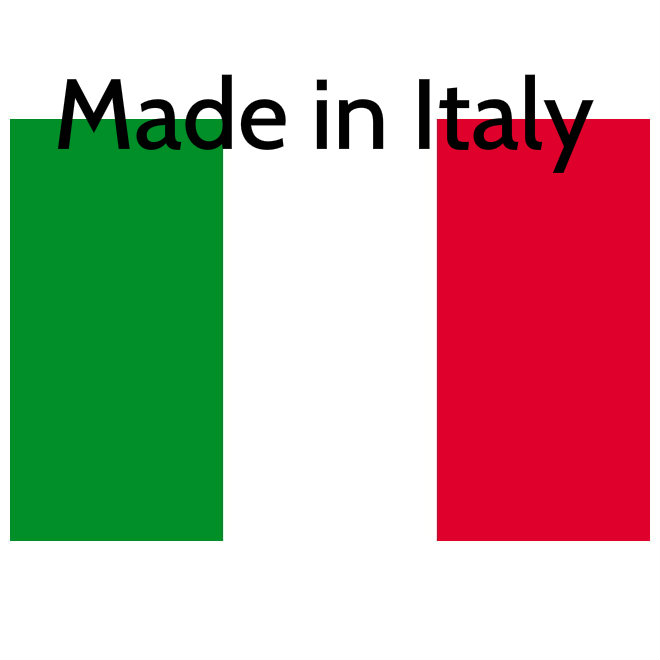Everyone wants “Made in Italy.”
From a marketing standpoint, it doesn’t get much sexier than “Made in Italy.” However, the “Made in Italy” claim is not regulated.
It’s not regulated but it’s everywhere. As Reuters explains, every year foreign “Made in Italy” imitations generate $67 billions in global sales. That’s right, billions and billions are made off of fake Italian products. So, the Italian government has been working to create a logo to distinguish real “Made in Italy” products from fakes. But things are not going exactly as planned, in fact the project isn’t going anywhere.
The problem? The Italian government has not been able to define “Made in Italy.” (We know.) Not only were they not able to give a definition of “Made in Italy”, but they were not even able to agree on the parameters a food product should have to be considered a real “Made in italy” product.
As Reuters says, “Barilla, the world’s biggest pasta maker, wants to carry the Made in Italy logo though 16 of its 30 [pasta making] plants abroad, including in the United States and Russia.” Meanwhile, on the other side of the debate, Riccardo Deserti, chairman of the Parmigiano Reggiano consortium says, “if we open the door to products with foreign ingredients, we are not talking of real Made in Italy.”
Frankly, it’s embarrassing that the government is not able to understand and define what “Made in Italy” is. This is a huge waste of resources.
